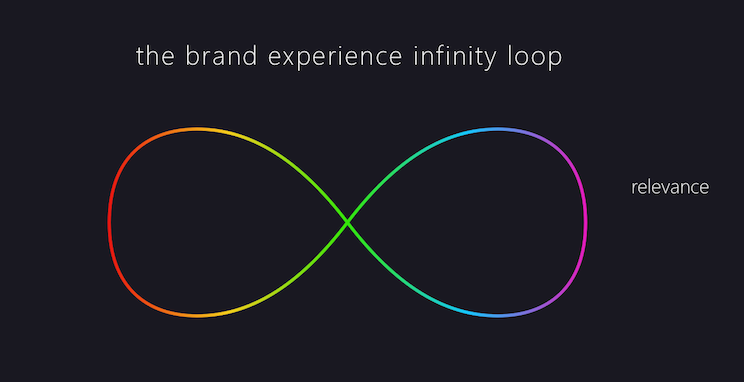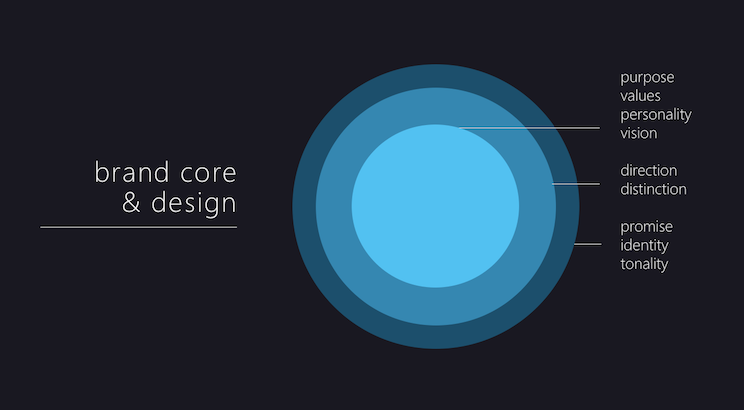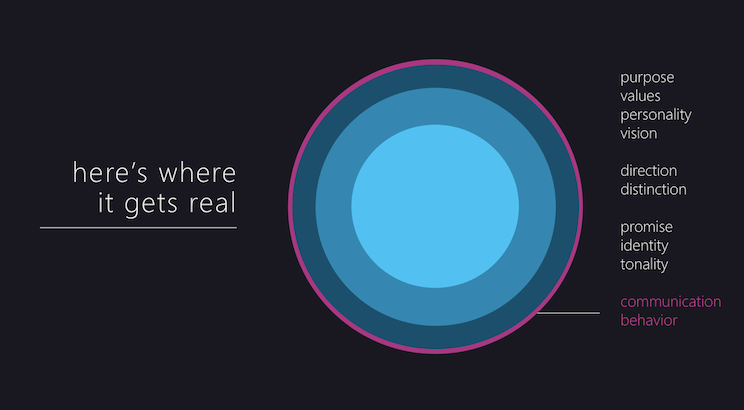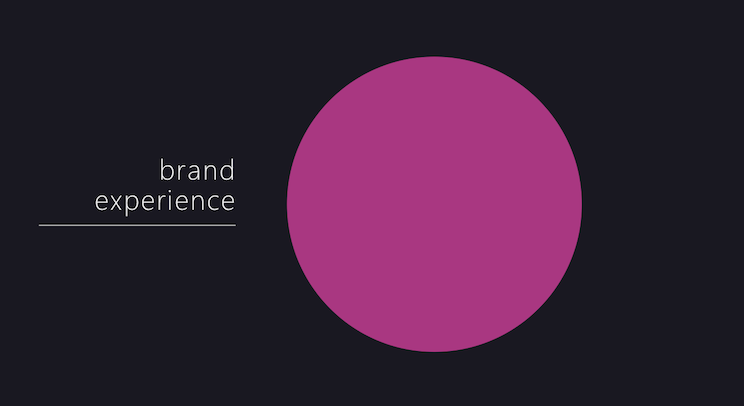
If you’ve read my previous article, you know we’re working with a holistic definition for brand experience. We’re treating it like a lifelong relationship rather than just a date now and then (it’s THE brand experience rather than AN experience). That means it’s not just the impression you make in that little black dress you save for special occasions, but it’s also who you turn out to be in everyday reality, sans makeup in rush-hour traffic.
You see, people are demanding more from the relationship today. According to A Great Place to Work, “people are holding the companies in their lives to a higher standard as consumers, investors, and employees. In the wake of the Great Recession of 2008, consumers now seek ‘value and values.’”* And they are not afraid of speaking up about it … or putting their money where their mouth is.
“More than 71 percent of Americans are part of a ‘spend shift,’ in which consumers are actively aligning their spending with their values. This shift cuts across demographic groups and is rewarding companies that demonstrate transparency, authenticity, and kindness in their operations.”* 71 percent. This is no mere blip.
People want to know you stand for something more than products and profit and, if you want it to lead to sales, it had better be something that’s relevant to them. So relevance is the first of four essentials for brand experience strategy that our team at Comprend is exploring.
Relevance is about putting human experience and values at the center of all your business decisions. It isn’t about jumping on the latest trend or technology. It’s about taking the time to understand what matters and why. To be proactive about human behavior instead of reactive.
But I understand it’s tough to take that time today. Companies are caught up in keeping up. If we just look at one part of the brand experience alone – marketing – it used to be that Mad Men could get away with producing four great pieces of content in a year, now we need 4,000. But volume and speed may not get you where you want. Speeding up might just be doing the wrong things faster.
So if we’re working with the Brand Experience Infinity Loop to help map a strategy, our first step is making sure your map is even in the right galaxy.


We need to get the “why” right. To understand what actually drives choice. Not based on our assumptions, or even why people tell you they choose in focus groups or the typical survey. Because more often than not, they’re lying, and they don’t even know they’re doing it. (Actually, in partnership with some brilliant PhDs from Lund University, we have a way around that. If you’re interested in what we call our “lie detector” just ask about the Comprend Brand Potential Analysis. Because the foundation of any great relationship is honesty, right?)
So how do we find true relevance and values? Right here, at the core.
If you’ve worked with any brand strategists, then you’ve probably seen some variation of this model. Imagine it’s the cross-section of a sphere and at the core is where we figure out who you are – your purpose, your values, your personality and vision. Then we work our way out to create the external identity.
Of course, where it gets real is in the experience: your communication and behavior.

People may understand your purpose and values, but they believe it based on the experience – all of it – across every interaction with every part of your company over time.

The brand experience is the only thing customers, media, employees, etc. truly see of your brand. Without it, even the best brand platform and design remain just words and colors on a piece of paper.
But you can’t just skip ahead to GO and collect $200. There is no brand experience strategy without the core. Notice I said “strategy” because there’s always brand experience. But giving you some sort of control over it and making sure it’s based on values that actually drive sales and motivate people, requires the time and work to establish a strong core that’s relevant to the human experience.
So now we’re two articles into our relationship: defining brand experience with the infinity loop and relevance. Ready for a third date? How about tomorrow we take the next step … and mind the gaps.
—————
* Bush, M. C. (2018). A great place to work for all: better for business, better for people, better for the world. Oakland: Berrett-Koehler, pp35-36.